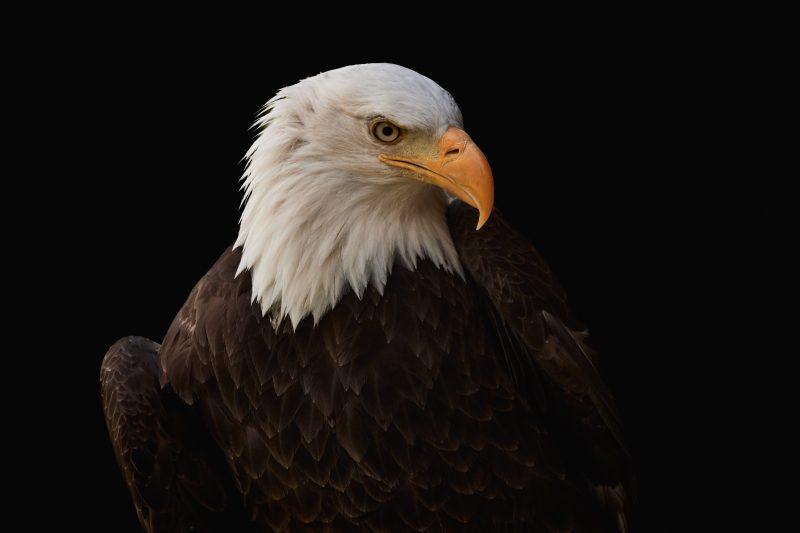-
About
- Leadership & Faculty
- News & Events
-
Academics
- Graduate
- Advanced Clinical Training
- Continuing Education
-
Student Life
-
-
Accommodations
- Our Campus
-
Accommodations
- Graduate Resources
-
-
Research
-
Hospitals & Clinics
- Emergency Care
- Hospital Services
-
Community Outreach
- Volunteer
I Believe I Can Fly
Bald eagle spotted nearly five years after rehabilitative treatment at Cummings School

When an avid local bird watcher spotted a bald eagle in a nesting area in March 2022, he reported information from the bird’s identification band to the state’s ornithologist.
Maureen Murray, V03, clinical associate professor at Cummings School of Veterinary Medicine and director of Tufts Wildlife Clinic was contacted by the Massachusetts official to let her know that one of her former patients had been located. Murray was thrilled to hear.
“Bald eagles in Massachusetts are a conservation success story,” she says. “Prior to the 1980s, breeding pairs of bald eagles had disappeared from the state, due in part to the DDT crisis.” One of the first synthetic insecticides, the use of Dichlorodiphenyltrichloroethane (DDT) was canceled by the EPA in 1972 due to its adverse environmental effects. “Because of conservation efforts, the bald eagle population in the state is increasing with more nest sites, which is very encouraging.”
When the eagle arrived for treatment at Tufts Wildlife Clinic in 2017, it had identification bands on both legs. “We can track the bird based on the ID bands,” explains Murray. “It had been banded as a chick in Massachusetts in 2006, and 2017 was the first time it had been spotted again.”
The bird was found on the ground near a nesting site, according to Murray, with an injury to its elbow and a significant wound which was infested with maggots. Known as flystrike or myiasis, this is caused by flies laying their eggs on a bird, which hatch into maggots.
“This is a significant complication to a wound because the presence of fly larvae can cause tissue damage,” says Murray. “This bird suffered massive tissue damage along the length of its wing in the area of the radial and ulnar bones, which required intensive wound management.
“It was a notable accomplishment to facilitate the proper healing of this severe wound,” Murray contends. “After the wound was fully healed, the eagle then went to our large flight cage here at the Clinic for reconditioning and to ensure its flight was normal and strong.”
The eagle stayed at the clinic for two months of treatment and rehabilitation. Once the eagle had recovered, clinic staff collaborated with officials from the Massachusetts Division of Fisheries and Wildlife to release it back to the location where it had been found.
In March of this year, the bird was spotted not too far from where it had been released in 2017, Murray reports. It had found a mate and was observed exhibiting nesting activity almost five years after it was treated at Cummings School.
The news was well received in the Wildlife Clinic. “The sighting of a released bird nesting is a positive indication that the treatment and rehabilitation process can successfully reintroduce these birds into the wild and into the breeding population,” Murray says. “We are also excited to have the data to show the longevity of these birds in the wild, and hope that this bird will continue to contribute to the state’s bald eagle population for years to come.”